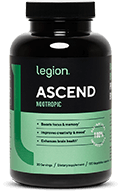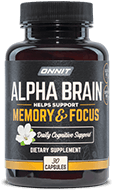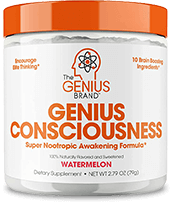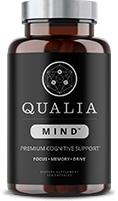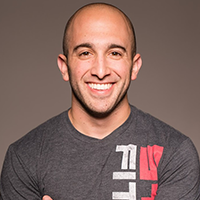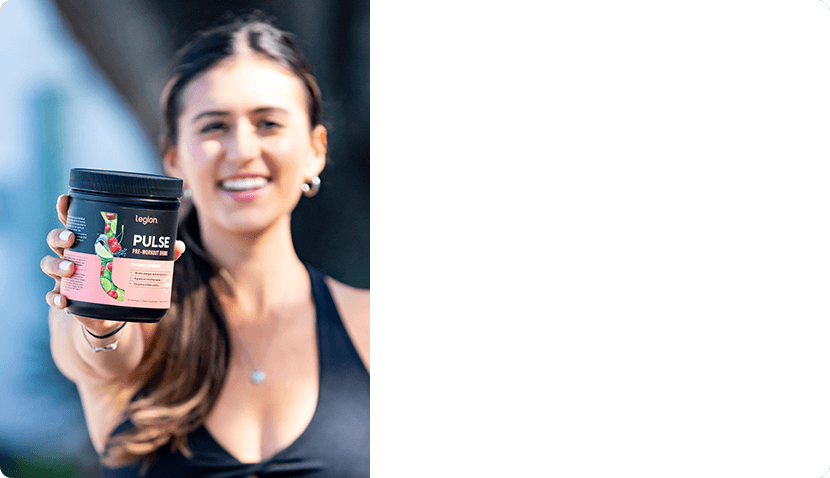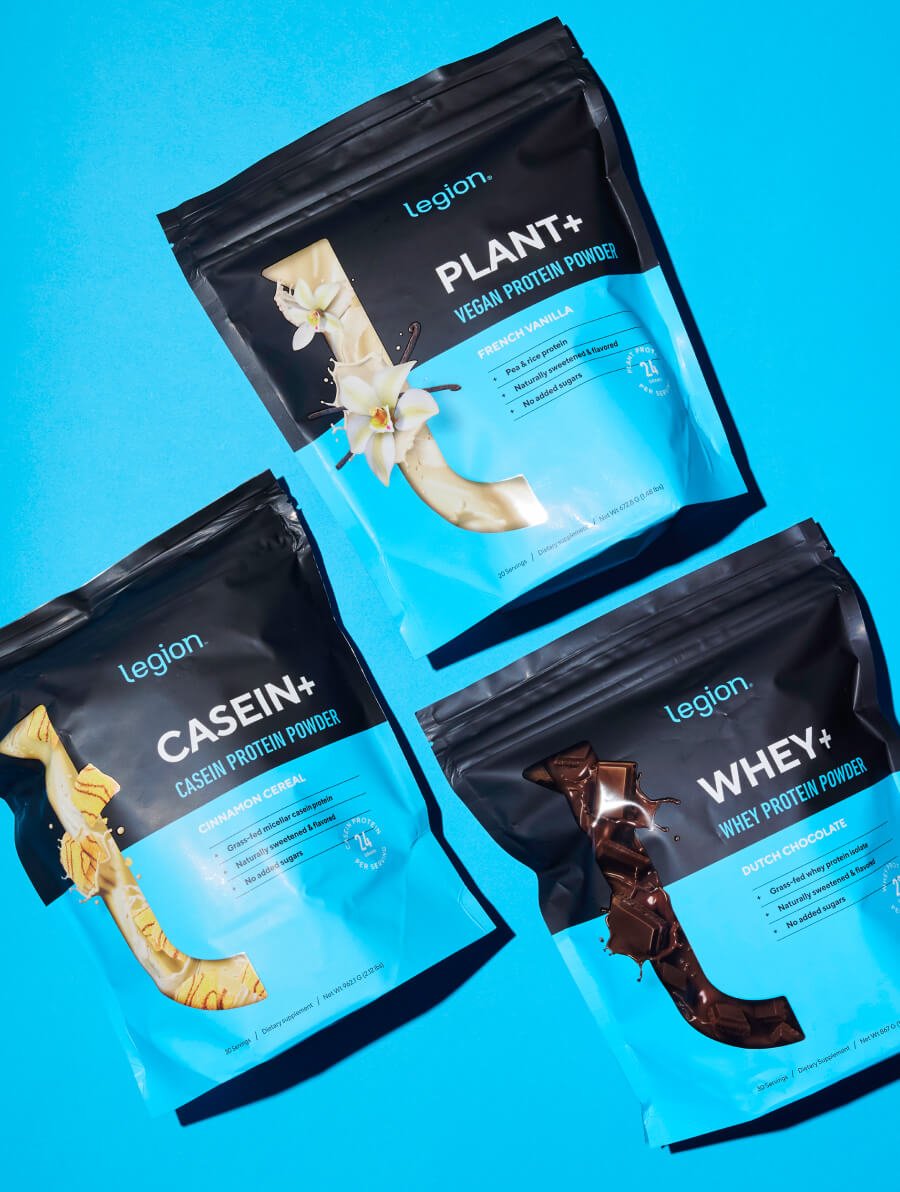If you don’t like something of ours, guess what happens next?
No, we don’t request you deliver it to a PO box in the Gobi Desert by carrier pigeon. Nor do we ask you to fill a cursed inkwell with orc’s blood and demon saliva and then use it to complete reams of return forms written in ancient Cyrillic script.
We just . . . wait for it . . . give you every penny of your money back. Holy moo cows. And that means you can say "yes" now and decide later.
Notice to California Consumers
WARNING: Consuming this product can expose you to chemicals including lead which is known to the State of California to cause cancer and birth defects or other reproductive harm. For more information go to www.P65Warnings.ca.gov/food.
Legion Ascend Ingredients (2,180 milligrams per serving)
Alpha-GPC (300 milligrams per serving)
Alpha-glycerophosphocholine (also known as alpha-GPC and glycerophosphocholine) is a compound of two molecules: choline and glycerophosphate.
Choline is a nutrient that’s vital for brain health and function, and glycerophosphate is a substance found in the membrane of neurons (nerve cells) that helps transport choline to the brain.
When ingested, alpha-GPC increases the activity of a chemical in the brain known as acetylcholine, which is used by nerves to communicate with each other and provides the brain with glycerophosphate, which can improve its health and function.
Research shows that supplementation with alpha-GPC . . .
- Increases power output[7]
- Protects against cognitive decline as we age[8]
- Increases growth hormone levels[9]
The clinically effective dose of alpha-GPC is between 150 and 1,200 milligrams, with 250 to 500 milligrams sufficient for cognitive benefits and higher doses required for affecting dementia.[10]
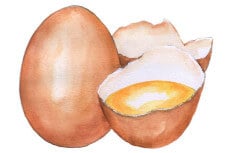
Avena Sativa (800 milligrams per serving)
Avena sativa is a plant whose stem and leaves have long been used to treat psychological maladies such as insomnia and anxiety.
Research shows that it positively influences brain function in a variety of ways, which is why studies show that supplementation with Avena sativa . . .
- Boosts cognitive performance and “mental fitness” (even in people with compromised cognitive function)[11][12]
- Increases executive function (controlling your mind and behavior)[13]
- Enhances spatial working memory (short-term memory of information related to locations)[14]
- Increases alertness and learning performance[15]
- Reduces the negative effects of multitasking on cognitive performance[16]
Research also shows that while a single dose of Avena sativa can provide benefits, results may improve with continued use.[17][18]
The clinically effective dose of Avena sativa is between 800 and 1,600 mg, with most of the benefits occurring at the lower end of this range.[19][20]
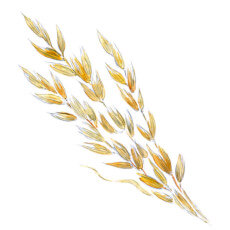
Uridine Monophosphate (250 milligrams per serving)
Uridine monophosphate is a compound of two molecules: uridine and phosphoric acid.
Uridine is a substance known as a nucleotide that’s involved in the production of the genetic material ribonucleic acid (RNA) and that supports and enhances the growth and function of neurons (nerve cells).[21][22]
Phosphoric acid is a substance that helps the body create phosphatidylcholine.
While human research on uridine is currently sparse, the data we do have suggests that it can . . .
- Enhance neuron growth[23]
- Preserve memory by protecting the brain from damage[24][25][26]
- Reduce mental fatigue[27]
- Reduce the time it takes to fall asleep[28]
- Improve sleep quality[29]
The clinically effective dose of uridine monophosphate hasn’t been established yet, but 250 milligrams is the human equivalent of what has produced benefits in animal research.
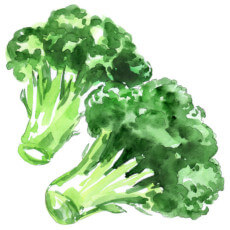
Bacopa Monnieri (330 milligrams per serving)
Bacopa monnieri is an herb that has long been used in traditional Ayurvedic medicine to aid memory and treat various neurological disorders.
It contains substances known as bacosides that stimulate the secretion of two types of chemicals in the brain known as brain growth factors (brain-derived neurotrophic factor or BDNF, and nerve growth factor or NGF), which help neurons connect, grow, and proliferate.
Research shows that supplementation with bacopa monnieri . . .
- Improves memory and cognition[30][31][32][33][34]
- Enhances mood[35]
- Reduces stress and depressive symptoms[36]
The clinically effective dose of bacopa monnieri is between 200 and 400 milligrams depending on its bacoside content.
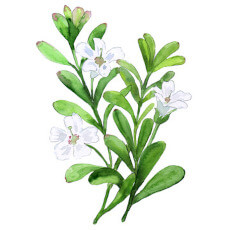
Agmatine (500 milligrams per serving)
Agmatine is a chemical produced by the brain and found in some fermented foods.
It helps protect neurons (nerve cells) against damage and interacts with the pain and pleasure pathways in the brain.
While human research on agmatine is currently sparse, the data we do have suggests it can enhance the activity of serotonin in the brain, which can enhance mood and reduce the depressive effects of stress.[37][38]
The clinically effective dose of agmatine hasn’t been established yet, but the nootropic range appears to be between 1.6 and 6.4 milligrams per kilogram of body weight, or 110 to 440 milligrams for a 150-pound person.[39]
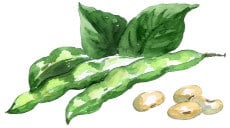
No Artificial Food Dyes, Fillers, or Other Unnecessary Junk
Artificial food dyes and fillers may not be as dangerous as some people claim, but studies show they can cause negative effects in some people, including gastrointestinal toxicity and behavioral disorders.[40][41][42][43][44]
That’s why we use natural coloring derived from fruits and other foods as well as naturally derived ingredients for enhancing shelf life and facilitating the manufacturing process.
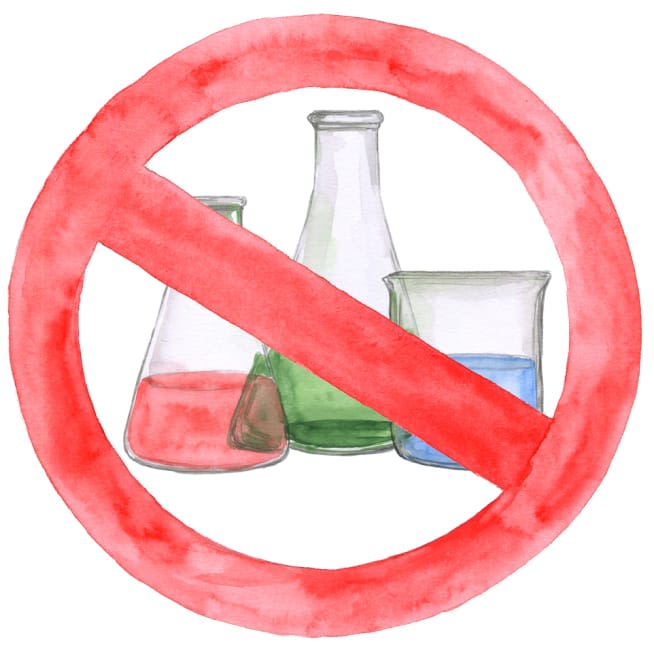
Third-Party Lab Tested for Purity and Potency
Ascend is tested by a state-of-the-art ISO 17025-accredited third-party laboratory for heavy metals, microbes, allergens, and other contaminants to ensure compliance with FDA purity standards.
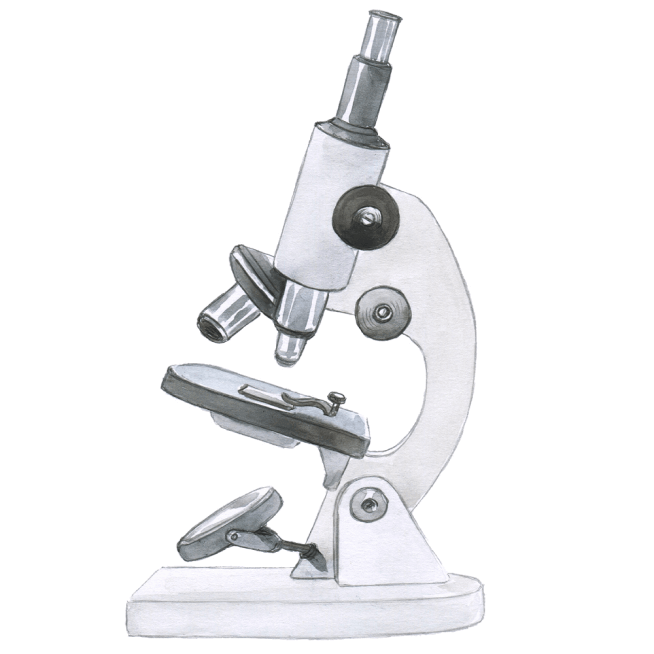
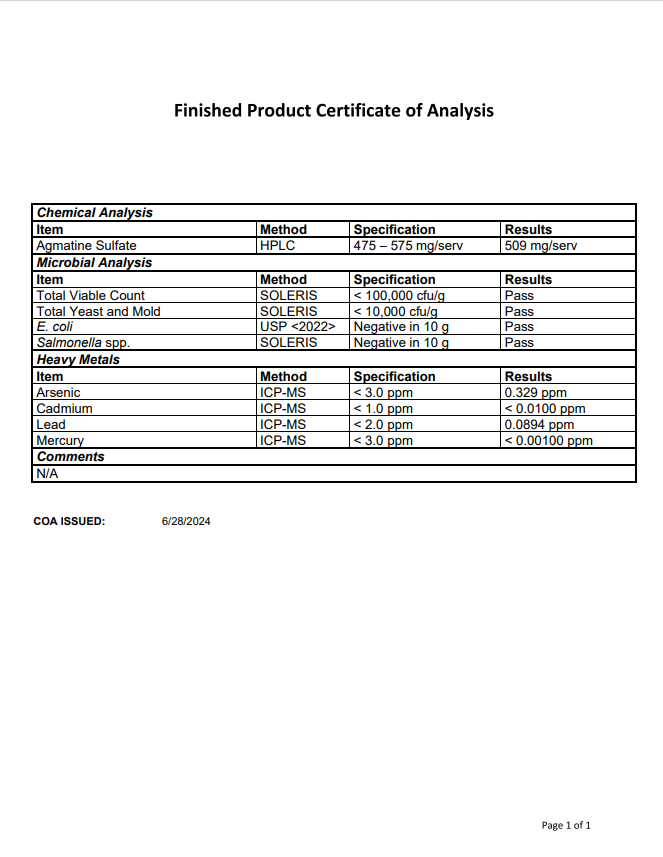
See how Legion Ascend compares to the rest.
- Active Ingredients
- Clinically Effective Ingredients and Doses
- Alpha-GPC
- Avena Sativa
- Uridine Monophosphate
- Bacopa Monnieri
- Agmatine Sulfate
- Third-Party Lab Tested
- Labdoor Certified Brand
- Price Per Serving
-
Legion
Ascend
- 2,180 mg
per serving - 300 mg
per serving - 800 mg
per serving - 250 mg
per serving - 330 mg
per serving - 500 mg
per serving - $
-
Onnit
AlphaBrain
- 1,310 mg
per serving
(proprietary blend)
(proprietary blend)- 100 mg
per serving - $1.78
-
Genius
Consciousness
- 3,585 mg
per serving - 600 mg
per serving - $2.53
-
Qualia
Mind
- 3,874 mg
per serving - 200 mg
per serving - 160 mg
per serving - 300 mg
per serving - $6.32
The #1 brand of naturally sweetened and flavored sports supplements.
We’ve sold over 5 million bags and bottles to over 1 million customers in 169 countries who have left us over 55,000 5-star reviews.
Clinically Effective Ingredients and Doses
Every active ingredient, form, and dose in Ascend is backed by peer-reviewed scientific research demonstrating clear benefits in healthy humans.
No Unnecessary Junk
Ascend contains no artificial food dyes, fillers, or other unnecessary junk.
Total Label Transparency
We clearly list the dose of each ingredient in Ascend on the label—no proprietary blends or hidden ingredients—so you can verify our formulation’s validity and effectiveness.
Third-Party Lab Tested for Purity and Potency
Ascend is tested by a state-of-the-art ISO 17025-accredited third-party laboratory for heavy metals, microbes, allergens, and other contaminants to ensure compliance with FDA purity standards.
Made in the USA
Ascend is made in America with globally sourced ingredients in NSF-certified, FDA-inspected facilities that adhere to Current Good Manufacturing Practice (cGMP) standards.
100% Money-Back Guarantee
If you don't absolutely love Ascend, you get a prompt and courteous refund. No forms or returns necessary.
Trusted by scientists, doctors, and everyday fitness folk alike.
Frequently Asked Questions
+References
Some popular nootropic supplements contain the right mix of high-quality ingredients. Some provide clinically effective doses. Some don’t have any unnecessary junk. But only Ascend checks each of these boxes. ↑
Every serving of Ascend contains 2,180 grams of active ingredients that have been shown to be safe and effective in peer-reviewed scientific research.↑
Each active ingredient in Ascend is backed by published scientific studies that show benefits in healthy humans.↑
That’s 336 pages of scientific research that shows Ascend works exactly like we say it does.↑
While these types of chemicals may not be as dangerous as some people claim, studies suggest that regular consumption of them may indeed be harmful to our health. And that’s why you won’t find them in Ascend.↑
Every bottle of Ascend is guaranteed to provide exactly what the label claims and nothing else—no heavy metals, microbes, allergens, or other contaminants.↑
Ziegenfuss T, Landis J, Hofheins J. J Int Soc Sports Nutr. 2008;5(Suppl 1):P15. doi:10.1186/1550-2783-5-S1-P15.↑
De Jesus Moreno Moreno M. Clin Ther. 2003;25(1):178-193.↑
Kawamura T, Okubo T, Sato K, et al. Nutrition. 2012;28(11-12):1122-1126. doi:10.1016/j.nut.2012.02.011.↑
Marcus L, Soileau J, Judge LW, Bellar D. Journal of the International Society of Sports Nutrition. 2017;14:39. doi:10.1186/s12970-017-0196-5.↑
Dimpfel W, Storni C, Verbruggen M. J Altern Complement Med. 2011 May;17(5):427-34. doi: 10.1089/acm.2010.0143.↑
Narelle M. Berry, Matthew J. Robinson, Janet Bryan, Jonathan D. Buckley, Karen J. Murphy, and Peter R.C. Howe. The Journal of Alternative and Complementary Medicine. Jul 2011.635-637.↑
Kennedy DO, Jackson PA, Forster J, Khan J, Grothe T, Perrinjaquet-Moccetti T, Haskell-Ramsay CF. Nutr Neurosci. 2017 Feb;20(2):135-151. doi: 10.1080/1028415X.2015.1101304.↑
Kennedy DO, Jackson PA, Forster J, Khan J, Grothe T, Perrinjaquet-Moccetti T, Haskell-Ramsay CF. Nutr Neurosci. 2017 Feb;20(2):135-151. doi: 10.1080/1028415X.2015.1101304.↑
Schellekens C, Perrinjaquet-Moccetti T, Wullschleger C, Heyne A. Phytother Res. 2009 Oct;23(10):1371-7. doi: 10.1002/ptr.2751.↑
Kennedy DO, Bonnländer B, Lang SC, Pischel I, Forster J, Khan J, Jackson PA, Wightman EL. Nutrients. 2020; 12(6):1598.↑
Narelle M. Berry, Matthew J. Robinson, Janet Bryan, Jonathan D. Buckley, Karen J. Murphy, and Peter R.C. Howe.The Journal of Alternative and Complementary Medicine.Jul 2011.635-637.↑
Kennedy DO, Bonnländer B, Lang SC, Pischel I, Forster J, Khan J, Jackson PA, Wightman EL. Nutrients. 2020; 12(6):1598.↑
Kennedy DO, Jackson PA, Forster J, Khan J, Grothe T, Perrinjaquet-Moccetti T, Haskell-Ramsay CF. Nutr Neurosci. 2017 Feb;20(2):135-151. doi: 10.1080/1028415X.2015.1101304.↑
Berry NM, Robinson MJ, Bryan J, Buckley JD, Murphy KJ, Howe PR. J Altern Complement Med. 2011 Jul;17(7):635-7. doi: 10.1089/acm.2010.0450.↑
Gibellini F, Smith TK. IUBMB Life. 2010;62(6):414-428. doi:10.1002/iub.337.↑
Fagone P, Jackowski S. Biochim Biophys Acta - Mol Cell Biol Lipids. 2013;1831(3):523-532. doi:10.1016/j.bbalip.2012.09.009.↑
Phan C-W, David P, Wong K-H, Naidu M, Sabaratnam V. Gallyas F, ed. PLoS One. 2015;10(11):e0143004. doi:10.1371/journal.pone.0143004.↑
Koyuncuoglu T, Turkyilmaz M, Goren B, Cetinkaya M, Cansev M, Alkan T. Restor Neurol Neurosci. 2015;33(5):777-784. doi:10.3233/RNN-150549.↑
Cansev M, Minbay Z, Goren B, et al. Neurosci Lett. 2013;542:65-70. doi:10.1016/j.neulet.2013.02.035.↑
Goren B, Cakir A, Ocalan B, et al. Brain Res. 2017;1659:81-87. doi:10.1016/j.brainres.2017.01.026.↑
Teather LA, Wurtman RJ. J Nutr. 2006;136(11):2834-2837.↑
Honda K, Okano Y, Komoda Y, Inoue S. Neurosci Lett. 1985;62(1):137-141. doi:10.1016/0304-3940(85)90297-6.↑
Honda K, Komoda Y, Nishida S, et al. Neurosci Res. 1984;1(4):243-252.↑
Peth-Nui T, Wattanathorn J, Muchimapura S, et al. Evidence-Based Complement Altern Med. 2012;2012:1-10. doi:10.1155/2012/606424.↑
Morgan A, Stevens J. J Altern Complement Med. 2010;16(7):753-759. doi:10.1089/acm.2009.0342.↑
Kongkeaw C, Dilokthornsakul P, Thanarangsarit P, Limpeanchob N, Norman Scholfield C. J Ethnopharmacol. 2014;151(1):528-535. doi:10.1016/j.jep.2013.11.008.↑
Pase MP, Kean J, Sarris J, Neale C, Scholey AB, Stough C. J Altern Complement Med. 2012;18(7):647-652. doi:10.1089/acm.2011.0367.↑
Calabrese C, Gregory WL, Leo M, Kraemer D, Bone K, Oken B. J Altern Complement Med. 2008;14(6):707-713. doi:10.1089/acm.2008.0018.↑
Morgan A, Stevens J. J Altern Complement Med. 2010;16(7):753-759. doi:10.1089/acm.2009.0342.↑
Benson S, Downey LA, Stough C, Wetherell M, Zangara A, Scholey A. Phyther Res. 2014;28(4):551-559. doi:10.1002/ptr.5029.↑
Freitas AE, Egea J, Buendia I, et al. Mol Neurobiol. 2016;53(5):3030-3045. doi:10.1007/s12035-015-9182-6.↑
Taksande BG, Kotagale NR, Tripathi SJ, Ugale RR, Chopde CT. Neuropharmacology. 2009;57(4):415-424. doi:10.1016/j.neuropharm.2009.06.035.↑
Keynan O, Mirovsky Y, Dekel S, Gilad VH, Gilad GM. Pain Med. 2010;11(3):356-368. doi:10.1111/j.1526-4637.2010.00808.x.↑
Feng J, Cerniglia CE, Chen H. Division of Microbiology, National Center for Toxicological Research, US Food and Drug Administration, AR , USA. Front Biosci (Elite Ed). 2012 Jan 1;4:568-86.↑
Kanarek RB. Department of Psychology, Tufts University, Medford, Massachusetts, USA. Nutr Rev. 2011 Jul;69(7):385-91.↑
Nigg JT, Lewis K, Edinger T, Falk M. Oregon Health and Science University, Portland, OR, USA. J Am Acad Child Adolesc Psychiatry. 2012 Jan;51(1):86-97.e8.↑
McCann D, Barrett A, Cooper A, Crumpler D, Dalen L, Grimshaw K, Kitchin E, Lok K, Porteous L, Prince E, Sonuga-Barke E, Warner JO, Stevenson J. School of Psychology, Department of Child Health, University of Southampton, Southampton, UK. Lancet. 2007 Nov 3;370(9598):1560-7.↑
Gao Y, Li C, Shen J, Yin H, An X, Jin H. Scientific and Technological College of Chemistry and Biology, Yantai Univ., Yantai, PR China. J Food Sci. 2011 Aug;76(6):T125-9.↑
